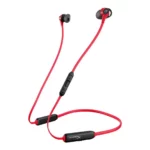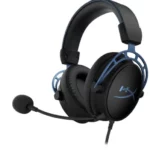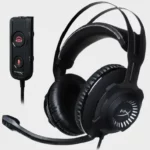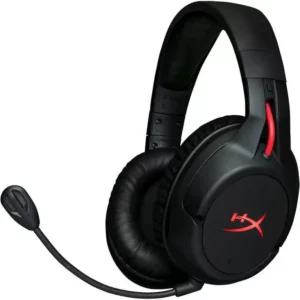
HYPERX Wireless Gaming Headset User Guide
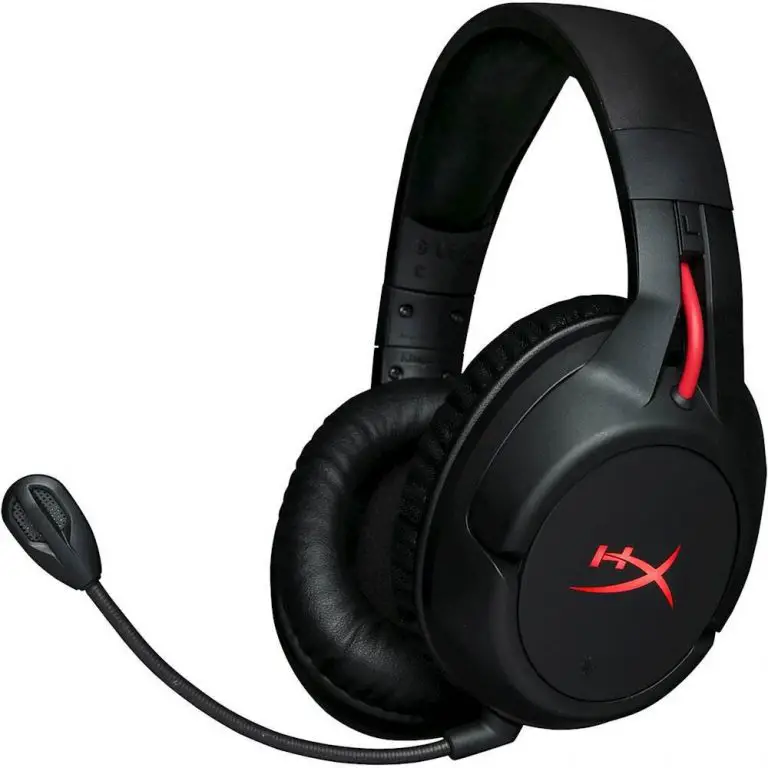
Overview

- A. Swivel to mute microphone
- B. Status LED
- C. Power button
- D. Volume wheel
- E. USB charge port
- F. USB adapter
- G. Wireless pairing pin hole
- H. Wireless status LED
- I. USB charge cable
Charging
It is recommended to fully charge your headset before first use.

| CHARGE STATUS | LED |
| Fully charged | Solid green |
| 15% — 99% battery | Breathing green |
| < 15% battery | Breathing red |
Power Button
Power on/off – Hold power button for 3 seconds.
Using the Headset
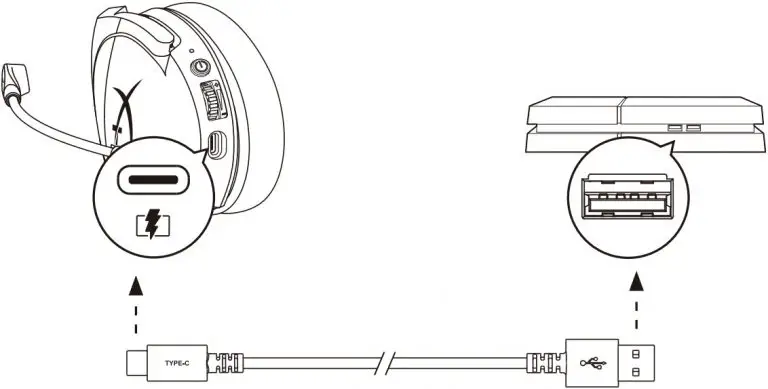
- Connect the wireless USB adapter to PlayStation.
- Power on the headset.
- When the wireless adapter status LED is solid the headset is connected
PlayStation 4 Audio Settings
- Settings > Devices > Audio Devices
- Input Device: USB Headset “HyperX Cloud Stinger Core Wireless PS”
- Output Device: USB Headset “HyperX Cloud Stinger Core Wireless PS”
- Output to headphones: All Audio
Status LED
| HEADSET STATUS | LED |
| Pairing | Flashing green and red every 0.2s |
| Searching | Slow breathing green |
| Connected | 90% — 100% battery: Solid green |
| 15% — 90% battery: Blinking green | |
| < 15% battery: Blinking red |
Volume Wheel
Scroll up or down to adjust volume level.
WARNING: Permanent hearing damage can occur if a headset is used at high volumes for extended periods of time.
Swivel to Mute Microphone

Support
Questions or Setup Issues?
Contact the HyperX support team at hyperxgaming.com/support/headsets
Battery/TX Power Info
- Battery Information:
Contains 3.7V 1000mAh Li-ion Battery, 3.7Wh
Cannot be replaced by user - Frequency & TX Power Information
Frequency Bands: 2.4GHz (TX Power: <2dBm)
FCC Compliance and Advisory Statement
This device complies with Part 15 of the FCC rules. Operation is subject to the following two conditions:(1) this device may not cause harmful interference, and (2) this device must accept any interference received, including interference that may cause undesired operation.
This equipment has been tested and found to comply with the limits for a Class B digital device, according to Part 15 of the FCC rules. These limits are designed to provide reasonable protection against harmful interference in a residential installation. This equipment generates, uses and can radiate radio frequency energy and if not installed and used in accordance with the instructions, may cause harmful interference to radio communications. However, there is no guarantee that interference will not occur in a particular installation. If this equipment does cause harmful interference to radio or television reception, which can be determined by turning the equipment off and on, the user is encouraged to try correct the interference by one or more of the following measures:
- Reorient the receiving antenna.
- Increase the separation between the equipment and receiver.
- Connect the equipment into and outlet on a circuit different from that to which the receiver is connected.
- Consult the dealer or an experienced radio/TV technician for help.
Any special accessories needed for compliance must be specified in the instruction manual.
Warning: A shielded-type power cord is required in order to meet FCC emission limits and also to prevent interference to the nearby radio and television reception. It is essential that only the supplied power cord be used. Use only shielded cables to connect I/O devices to this equipment.
CAUTION: Any changes or modifications not expressly approved by the party responsible for compliance could void your authority to operate the equipment.
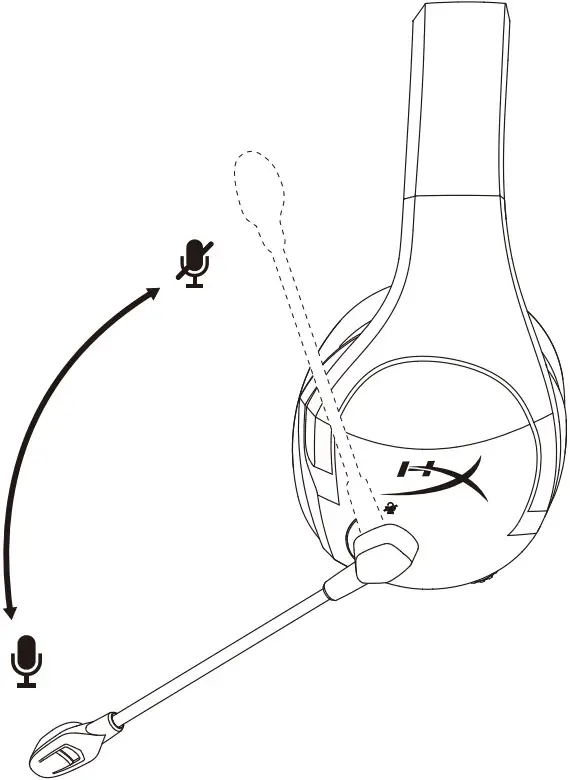
CNC ID: C-24818
CNC ID: C-2480

ANATEL ID: 02366-20-07196
ANATEL ID: 02363-20-07196
HyperX is a division of Kingston.
THIS DOCUMENT SUBJECT TO CHANGE WITHOUT NOTICE
©2020 Kingston Technology Corporation, 17600 Newhope Street, Fountain Valley, CA 92708 USA.
All rights reserved. All registered trademarks and trademarks are the property of their respective owners.
 NTC
NTC
Type Accepted
No. ESD-2021447C
TRA
REGISTERED No: ER77286/19
DEALER No: DA81684/19
66396/SDPPI/2020 9100
 NTC
NTC
Type Accepted
No. ESD-2021474C
TRA
REGISTERED No: ER77285/19
DEALER No: DA81684/19
66397/SDPPI/2020 9100

